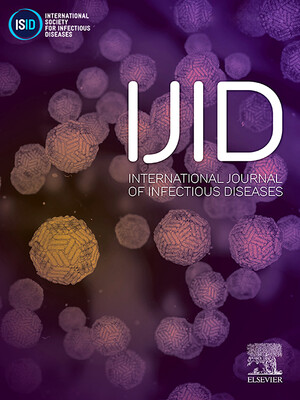
High prevalence of highly pathogenic avian influenza A virus in Vietnam’s live bird markets
Abstract
Background: In recent years Vietnam has suffered multiple epizootics of influenza in poultry.
Methods: From January 10th, 2019 to April 26th, 2021, we employed a One Health influenza surveillance approach at live bird markets (LBMs) and swine farms in Northern Vietnam. When the COVID-19 pandemic permitted, each month field teams collected oral secretion samples from poultry and pigs, animal facility bioaerosol and fecal samples, and animal worker nasal washes at four LBMs and five swine farms across five sites. Initially samples were screened with molecular assays followed by culture in embryonated eggs (poultry swabs) or MDCK cells (human or swine swabs).
Results: Many of the 3,493 samples collected had either molecular or culture evidence for influenza A virus including 314 (37.5%) of the 837 poultry oropharyngeal swabs, 144 (25.1%) of the 574 bioaerosol samples, 438 (34.9 %) of the 1,257 poultry fecal swab samples and 16 (1.9%) of the 828 human nasal washes. Culturing poultry samples yielded 454 influenza A isolates, 83 of which were H5 and 70 (84.3%) of these were highly pathogenic. Additionally, a positive human sample had a H9N2 avian-like PB1 gene. In contrast, the prevalence of influenza A in the swine farms was much lower with only 6 (0.4%) of the 1,700 total swine farm samples studied, having molecular evidence for influenza A virus.
Conclusions: This study suggests that Vietnam’s LBMs continue to harbor high prevalences of avian influenza A viruses, including many highly pathogenic H5N6 strains, which will continue to threaten poultry and humans.
Citation
Duy Tung Dao, Coleman, K.K., Vuong N. Bui, Anh N. Bui, Long H. Tran, Quy D. Nguyen, Son Than, Pulscher, L.A., Marushchak, L.V., Robie, E.R., Hung Nguyen-Viet, Phuc Duc Pham, Christy, N.C., Brooks, J.S., Huy C. Nguyen, Rubrum, A.M., Webby, R.J., and Gray, G.C. 2024. High prevalence of highly pathogenic avian influenza A virus in Vietnam’s live bird markets. Open Forum Infectious Diseases 11(7): ofae355.










